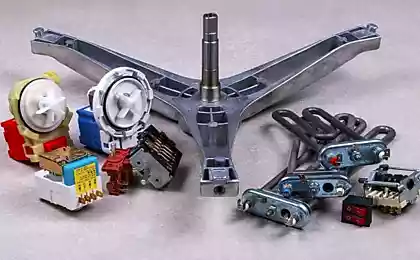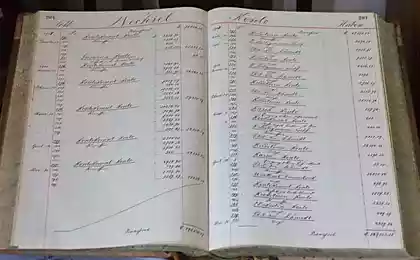How to Ship an Inoperable Car: A Complete Guide

In this guide, we’ll walk you through the process of towable auto transport, the best shipping methods, and what you need to know before booking a carrier.
1. What Qualifies as an Inoperable Vehicle?
A car is considered inoperable if it cannot start, move, or be driven onto a transport carrier. Common reasons for non-running status include:
Mechanical failure – Dead battery, transmission issues, or engine failure.
Accident damage – Structural or suspension damage that prevents movement.
Missing parts – A car without wheels, a steering system, or a working ignition.
Restoration project – Classic or antique vehicles undergoing repair.
Carriers require different handling methods depending on the level of inoperability.
2. Shipping Methods for Non-Running Cars
1. Open Carrier Transport (Budget-Friendly Option)
Uses a multi-vehicle open trailer.
Requires winching or a forklift to load the vehicle.
Most affordable option but exposes the vehicle to weather conditions.
Suitable for standard-sized, non-luxury inoperable cars.
2. Enclosed Carrier Transport (Maximum Protection)
Provides full coverage from weather, debris, and road conditions.
Equipped with hydraulic lift gates to safely load inoperable vehicles.
Recommended for luxury, classic, or high-value non-running cars.
More expensive but ensures extra safety during transport.
3. Flatbed Tow Truck (Short-Distance Transport)
Ideal for local or short-distance moves.
Uses winching and ramps for easy loading.
Not cost-effective for long-distance shipping.
4. Forklift Service (For Severely Damaged Vehicles)
Used when a car has no wheels, broken suspension, or severe accident damage.
Requires specialized equipment and may involve additional fees.
3. Key Considerations When Shipping an Inoperable Car
1. Inform the Transport Company in Advance
Not all carriers handle non-running car shipping.
Provide details about the vehicle’s condition, size, and reason for inoperability.
If the car has brake or steering issues, the carrier needs to know for safe loading.
2. Understand Additional Fees
Shipping an inoperable car costs more than a running vehicle due to extra handling requirements. Additional charges may include:
Winching fees (for loading a car onto the trailer).
Forklift fees (if the car is severely damaged).
Liftgate service fees (for enclosed transport options).
3. Ensure Accessibility for Pickup and Drop-Off
Carriers need a flat, open area for safe loading and unloading.
If the vehicle is in a tight space or garage, you may need to arrange a tow truck for transfer.
4. Remove Loose Parts and Personal Items
Secure or remove loose parts like side mirrors, spoilers, and custom accessories.
Take out personal belongings, as most shipping companies don’t cover them under insurance.
4. Cost of Inoperable Vehicle Transport
The cost of towable auto transport varies depending on:
Distance – Long-distance transport costs more.
Vehicle weight & size – Larger vehicles require specialized carriers.
Transport type – Enclosed shipping is more expensive than open carriers.
Additional services – Winching, forklifts, and liftgate fees increase the price.
On average, shipping an inoperable car costs $100-$500 more than shipping a running vehicle.
5. Choosing a Reliable Carrier for Non-Running Car Shipping
When selecting an inoperable vehicle transport company, consider:
Experience with non-running vehicles – Ensure the carrier has handled similar cases.
Proper equipment – Look for services that offer winching, liftgates, and forklifts if needed.
Insurance coverage – Verify the level of damage protection provided.
Customer reviews – Check ratings from other users to ensure reliability.
Transporting a non-running car requires special handling, equipment, and additional costs. Whether you choose open, enclosed, or flatbed transport, working with an experienced carrier ensures safe and efficient shipping.
Don’t forget to take care of your windscreens.
By properly preparing your vehicle, understanding extra fees, and choosing the right transport method, you can avoid unexpected issues and ensure a smooth non-running car shipping process. This is a very responsible task, so it is important for people who work this to have health insurance or for their life.





































